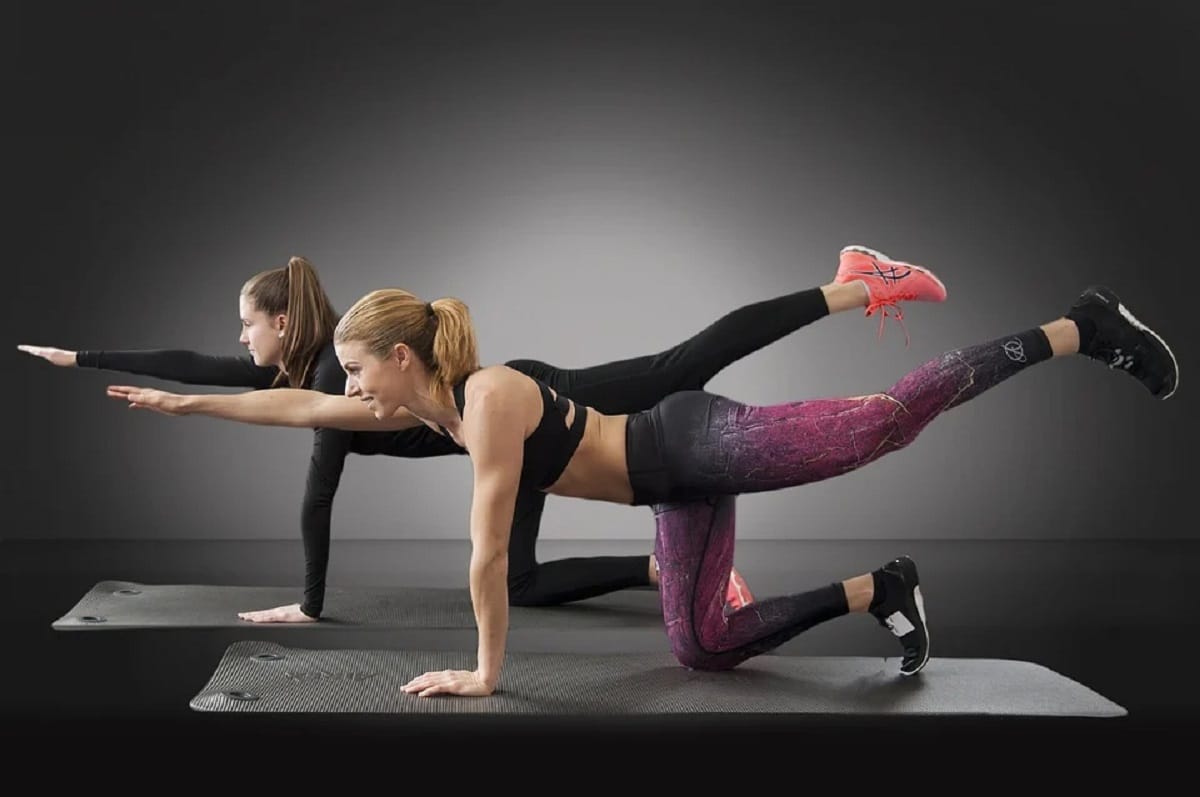
Functional training has come to show that to get in shape, it is not necessary to perform complicated movements that for many are difficult to achieve. With the repetition of certain natural movements that are carried out on a day-to-day basis, it is possible to tone up, lose weight and improve fitness. And best of all, it is a training that can be done at home.
Not having to go out to play sports is the key to encouraging many people to exercise. Since, in many cases, laziness, lack of time or the inability to go to a gym, they are usually the perfect excuse to stop exercising. Therefore, learning how to do an effective training and that really results, is the best option for everyone.
What is functional training?
More than muscles, functional training is about movement. Specifically, in natural movements that the human body performs on a daily basis and that therefore can be easily recreated. That is, functional training consists of creating and repeating natural movements, so that large muscles can be worked in one go.
Functional training is beneficial in many ways, as the main goal is to improve health and fitness. On the other hand, you can do it anywhere, both at home, in the gym or outdoors, without the need for specific equipment. Although the use of weights, Kettlebells, medicine balls or any other sports equipment, it is also indicated for functional training.
If you have not yet convinced yourself of the benefits of functional training, perhaps knowing that the risk of injury is very low, is the last thing you need to start this type of training right now. Following you will find some functional training exercises to start at home. However, if you have never exercised, it is advisable that you start with the advice of a professional.
How to train at home
One of the keys to functional training is that it must be done intensively, reducing the breaks between each exercise. So it is important to learn how to perform each of the exercises well before following a complete table. To get started, you can prepare a circuit of 3 functional training exercises, which you must perform one after the other.
These are some examples of functional training exercises that you can do at home.
- Squatting: As you are not going to use any material, weight, or resistance, it is essential to perform the squat very well. This is, you have to lower the hips until it is below the knees, maintaining the posture very well so as not to damage the back. Do 15 repetitions.
- burpees: Getting the exercise right is more important than doing it wrong many times. Stand upright, your legs should be open at the hips. Start doing a squat, when you reach the bottom place your hands in front of you. Stretch your legs back with a jump, until you are in an abdominal plank position. Return to the original position with a small jump that collects the knees and another vertical one to stretch the trunk. Start with 12 repetitions of this exercise.
- Abdominal iron: This seemingly simple exercise is most effective. Now, you must do it correctly and maintain your posture very well. Lean on your forearms and the balls of your feet, your body should form a straight line. Hold the position for 30 seconds, take a 5 second break and return to position.
With these exercises you can start practicing functional training at home. As you gain practice and rhythm, you will be able to incorporate more complex exercises and supplementary material. Whether you are looking to lose weight, tone your body or improve strength and muscles, this type of training is perfect for you. Discover the benefits of functional training and you will never be lazy to do sports.

